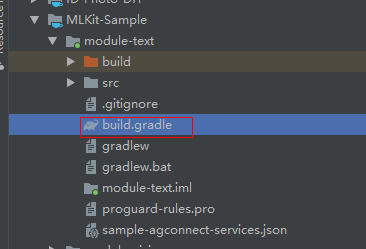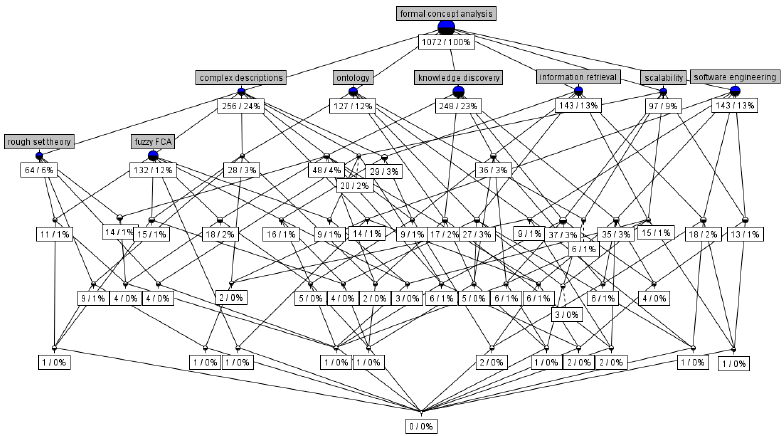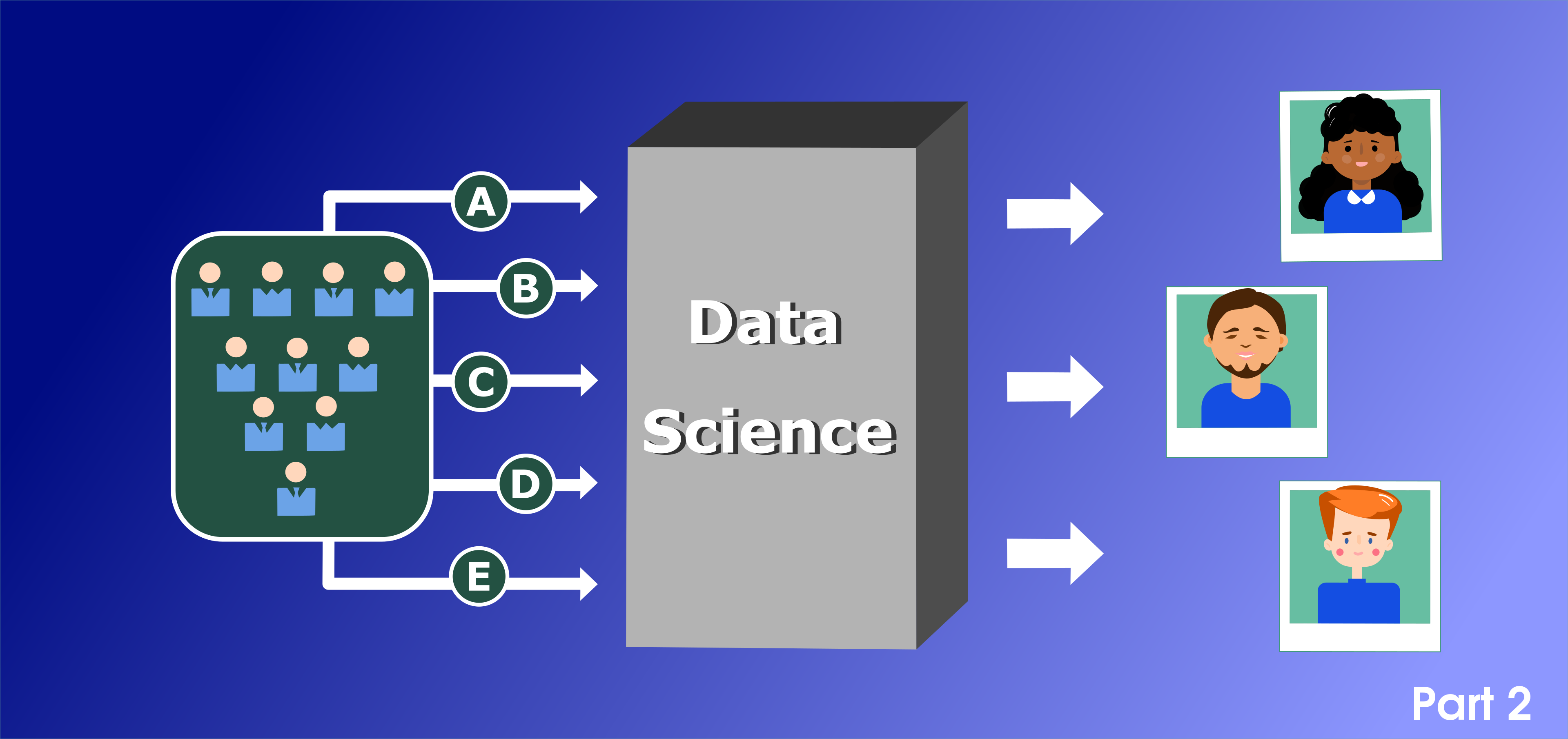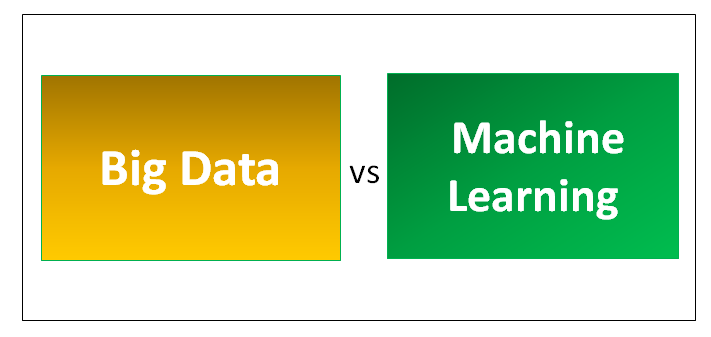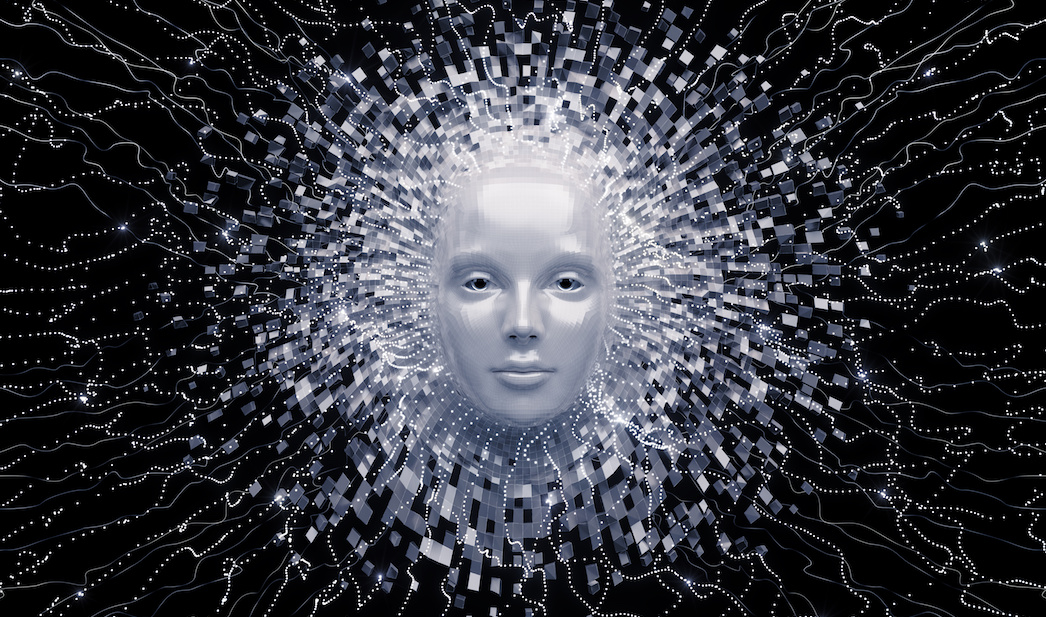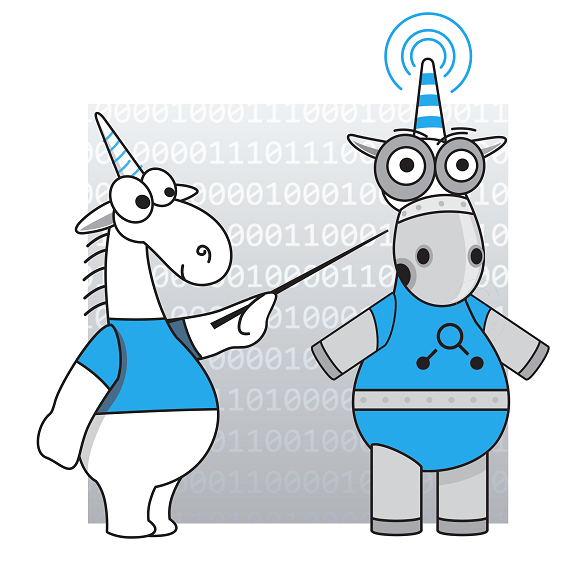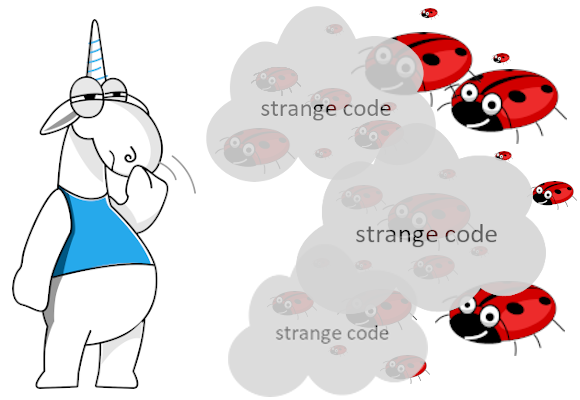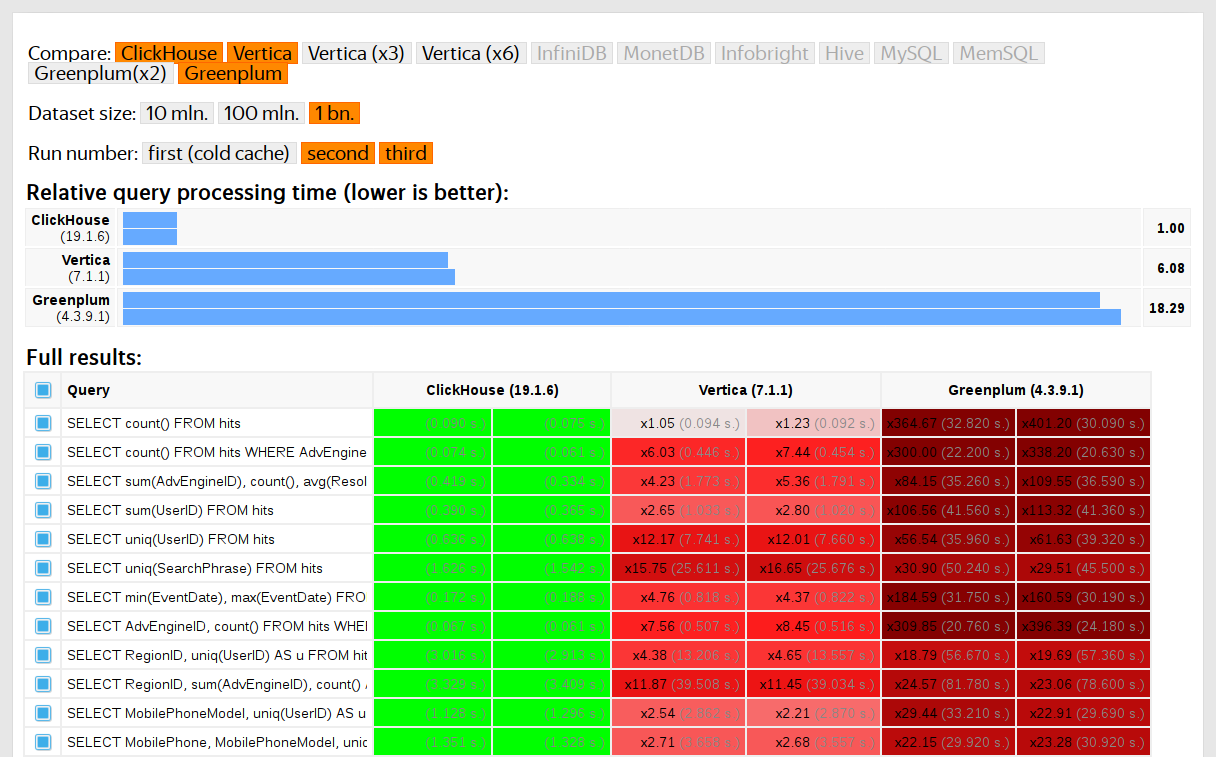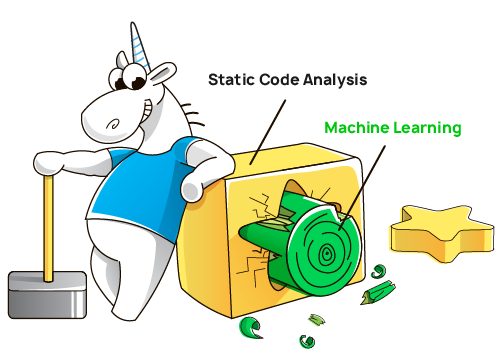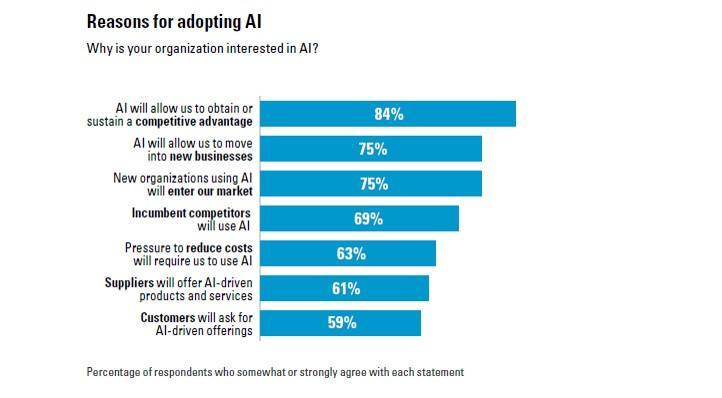Как с помощью HUAWEI ML Kit самостоятельно создать апплет для фото на документы
Общая информация
В предыдущей статье мы рассказали о том, как создать камеру для улыбок с помощью HUAWEI ML Kit. В этот раз я собираюсь представить вам новую функцию HUAWEI ML Kit.
Вас когда-нибудь просили на учебе или работе принести фотографию определенного размера с цветным фоном для документов? В большинстве случаев у человека не окажется под рукой подходящей фотографии. Однажды в институте нам решили оформить персональные пропуска, но фотостудия оказалась закрыта. Тогда я сфотографировался на телефон, использовав простыню в качестве фона. И получил выговор от преподавателя. Но с помощью инструмента HUAWEI ML Kit вы сможете интегрировать SDK для сегментации изображений в ваше приложение и разработать апплет, чтобы создавать фото на документы самостоятельно и решить проблему отсутствия нужных фотографий.
Самое главное, что этот SDK абсолютно бесплатный и работает на всех телефонах на базе Android.
Разработка апплета для фото на документы самостоятельно
1. Подготовка
1.1 Добавьте репозиторий Maven Huawei в файл на уровне проекта build.gradle
Откройте файл build.gradle в корневом каталоге вашего проекта Android Studio.
